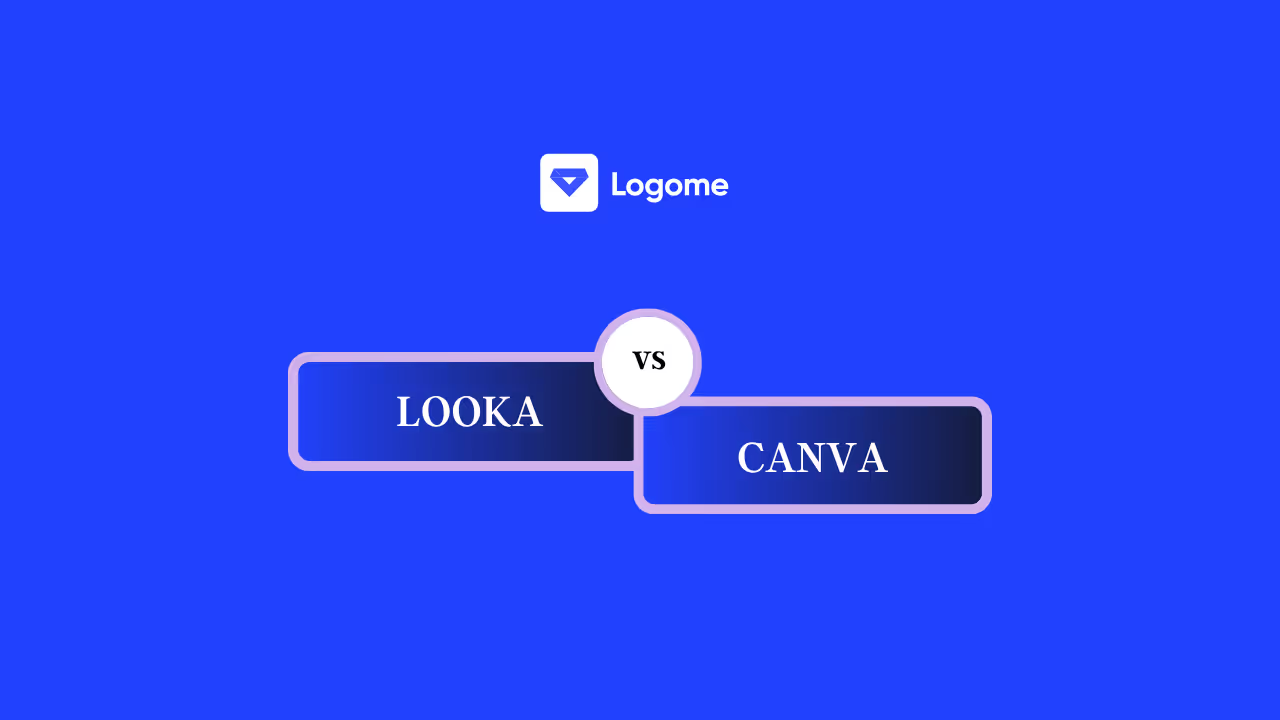History of Twitter’s Logo Evolution: From "twttr" to "X" - A Visual Journey
Explore the evolution of Twitter’s logos from "twttr" to the bold "X" under Elon Musk’s leadership. A visual journey of design and cultural impact.
Explore the evolution of Twitter’s logos from "twttr" to the bold "X" under Elon Musk’s leadership. A visual journey of design and cultural impact.

Twitter's logo evolution has been a fascinating journey that mirrors its transformation from a quirky startup to a global digital powerhouse. From the playful beginnings of "twttr" in 2005 to the iconic blue bird and the recent bold shift to the "X" under Elon Musk's leadership, each logo change reflects not just design evolution but Twitter's evolving identity and influence in shaping digital communication. Join us as we delve into the timeline of Twitter's logos, highlighting key milestones and the cultural significance behind each iconic design.
2005-2006: Twttr
2006-2010: Twitter
2010-2012: Twitter with Bird
2012-2023: Twitter Bird
2023-now: X


The original "twttr" logo from 2005-2006 exhibits a playful, informal design that underscores the project's experimental nature in the nascent stages of social media. This early logo featured elongated, bubble-like green letters that emphasized the concept of growth and vitality, resonating with the innovative spirit of a startup. The absence of vowels in the word "twttr" highlighted the SMS character limit constraints of the time, showcasing the platform's roots in mobile texting. This quirky styling was a strategic move to attract a young, tech-savvy audience who were the early adopters of social media platforms. The green color not only represented freshness and new beginnings but also set the platform apart from the traditional blue associated with more established tech companies. This design choice symbolized a break from convention and a challenge to the status quo, aligning with the founders' vision of creating a new kind of communication space that was immediate, dynamic, and accessible to anyone with a mobile device.

The transition to the "Twitter" logo in 2006 marked a significant shift towards a more sophisticated and scalable brand identity. The new logo adopted a lighter, soothing shade of blue, which is often associated with depth, stability, and trust—qualities that Twitter aimed to embody as it sought wider acceptance. This period saw Twitter evolve from a niche, text-based platform into a global phenomenon that required a logo that was instantly recognizable and easy to reproduce across various media. The sans-serif typography chosen for this logo was modern and minimalist, suggesting clarity and efficiency, mirroring the platform's streamlined communication model. During these years, Twitter's functionality and its role in digital culture began to crystallize, necessitating a logo that could endure and adapt. The clean lines and absence of embellishment in the text suggested a transparent, open platform that was user-friendly and inviting. This logo solidified Twitter's visual identity at a time when the platform began to influence everything from pop culture to politics, making it a staple in the daily lives of millions of users worldwide.

This logo iteration introduced in 2010 included both the Twitter wordmark and a new, soon-to-be iconic blue bird, nicknamed "Larry the Bird." Larry was designed to symbolize the act of tweeting, which is central to the platform's function, representing the spreading of messages across the globe. The bird's design was simple yet dynamic, with its wings angled upwards in flight, conveying optimism and the ability to soar above the landscape of global communication. The accompanying wordmark continued to use sans-serif font, maintaining the brand's emphasis on simplicity and accessibility. This period in Twitter's branding was about balancing the established identity with a new symbol that could standalone in future branding. As the platform's influence grew, so did the recognition of the bird, preparing users for a shift towards a logo that could encapsulate the essence of Twitter in a single, powerful image. The combination of the wordmark and the bird during these years highlighted the platform's dual nature as both a tool for personal expression and a powerful medium for public discourse, showcasing its expanding role in shaping real-time news and global events.

By 2012, Twitter had simplified its logo to just the bird, stripped of any text, signifying the brand's evolution into a global icon. This logo, more refined and upright, symbolized Twitter's established role as a platform for public discourse and social interaction. The bird's uplifted wings suggested progress and aspiration, reflecting the platform's influence on societal and cultural dialogues. This minimalistic approach allowed the logo to be more versatile and recognizable, suitable for digital and physical reproductions at any scale. The blue color remained, now richer and deeper, encapsulating trust, responsibility, and the serious role Twitter played in global communication. This logo era marked a mature phase for Twitter, where the platform was not just a site for social networking but a vital tool for real-time news, emergency communication, and a space for political and societal engagement. The bird alone became a symbol of instant communication and the democratization of information, representing Twitter's mission to give everyone the power to create and share PDFs, ideas and information instantly without barriers.

The most recent evolution in Twitter's logo design is the introduction of an abstract "X" in 2023. This bold redesign represents a significant departure from previous iterations, suggesting a transformative shift in the company’s vision and strategic direction. The "X" could be interpreted as a symbol of multiplication or an unknown variable, implying expansion, multiplication of services, or entry into new and uncharted territories. This minimalistic, yet striking design reflects a modern and futuristic approach, potentially indicating Twitter's ambitions beyond social media into broader technological realms or even a complete reinvention of the platform. The starkness of the "X" design conveys simplicity and efficiency, appealing to a global audience in an increasingly digital age where minimalism is often equated with sophistication. This logo could be seen as a strategic move to reset the brand's identity, making it more adaptable to future technological advancements and market shifts. The "X" marks a new chapter for Twitter, poised to redefine its role in a rapidly evolving digital landscape, where flexibility and adaptability are paramount.
The geometry behind Twitter's logo, particularly the bird symbol introduced in 2012, is a masterpiece of modern design that incorporates smooth curves and circles that are visually pleasing and balanced. The logo’s construction starts with overlapping circles, which are used to map out the bird’s wings, body, and head, creating a harmonious and dynamic silhouette. This method ensures that the logo is scalable, maintaining its proportions and clarity at various sizes. The simplicity of geometric shapes allows for a clean and recognizable logo that is instantly identifiable across different mediums and distances. The precision in the geometric construction of the logo conveys a sense of professionalism and elegance, reflecting Twitter's role as a global platform.
The Twitter logo’s design subtly incorporates the golden ratio, an irrational mathematical constant approximately equal to 1.618, known for its aesthetically pleasing properties. The curves of the bird’s wings and the angles at which they are set can be aligned with a golden spiral, making the logo naturally appealing to the human eye. This incorporation of the golden ratio is not overt but aligns with the principles of creating enduring and visually engaging designs that attract and hold attention. Using the golden ratio lends an element of natural beauty and universal appeal, which is key in making the logo timeless and widely acceptable.
Initially, Twitter’s wordmark used a sans-serif font, which emphasized clarity and modernity. Over time, as the branding evolved to focus solely on the bird icon, the use of text became minimal. However, when text is employed, Twitter has consistently chosen fonts that are sleek, modern, and highly legible. These fonts reflect Twitter’s aim to be direct, efficient, and accessible. The simplicity of the font used in Twitter's communications is intentional, supporting readability and ease of use, which are critical for a platform that values quick, clear dissemination of information.
Twitter’s color palette has predominantly revolved around various shades of blue, which symbolize reliability, clarity, and communication. The specific hue of blue used is bright and vibrant, encouraging feelings of trust and stability among users. This color also stands out in digital environments, making the Twitter icon easily recognizable in app drawers and web pages. The consistent use of blue has helped Twitter maintain its brand identity across various platforms and marketing materials, contributing to the platform's cohesive visual branding.
Twitter's most iconic symbol is undoubtedly the bird, which has undergone several redesigns to become more streamlined and abstract. This bird is not only a logo but has become synonymous with the act of tweeting, representing the spread of information. The evolution of the icon from a detailed illustration to a simple, abstract silhouette shows a move towards universal symbolism and easier recognition at smaller sizes. The bird icon reflects freedom of speech and the global reach of the platform, encapsulating Twitter’s essence as a space for open communication and immediate connectivity. Each redesign has made the bird more iconic, culminating in a logo that is minimalistic yet powerful in its representation of the brand.

The evolution of Twitter's logo from its inception as "twttr" in 2005 to the striking "X" in 2023 encapsulates a remarkable journey of brand identity and technological evolution. Each phase of the logo not only reflects changes in design aesthetics but also mirrors the platform's growing influence and shifting role in global communication. From the playful green bubbles of "twttr" to the mature and iconic blue bird, and finally to the minimalist "X," the logos collectively narrate a story of innovation, cultural impact, and visionary shifts. As Twitter transitions under Elon Musk's leadership, the "X" symbolizes a new era of possibilities, challenging traditional boundaries and potentially expanding into new technological realms. This transformation through logos underscores Twitter's ongoing relevance and adaptability in a rapidly evolving digital landscape, highlighting its integral role in shaping how the world communicates. Each logo marks not just a change in graphic design but a significant cultural and operational shift, reflecting Twitter's journey through the ages as a platform at the forefront of the digital communication revolution.
The current Twitter logo is an abstract "X" symbol, which was introduced in 2023. This represents a significant departure from the previous bird symbol that had been synonymous with Twitter for many years.
Before the recent change, the Twitter logo featured a bird, which was chosen to symbolize freedom, the spreading of ideas, and the light, quick nature of the communication the platform facilitates—akin to birds chirping. The bird was named "Larry the Bird," unofficially after the basketball player Larry Bird.
As of my last update, Twitter was still officially called Twitter. Any rebranding or renaming to reflect the new "X" logo has not been widely documented or confirmed in mainstream reports.
Elon Musk's decision to change the Twitter logo to an "X" has not been explicitly detailed, but it likely reflects a broader vision for transforming the platform, possibly aligning it with his other ventures or signaling a new direction in the company's future developments.
As of the last available information, Elon Musk is closely involved with the leadership decisions at Twitter following his acquisition of the company. However, executive roles such as CEO can frequently change, especially after such significant corporate acquisitions.
The original Twitter bird logo was designed by graphic designer Martin Grasser in collaboration with Linda Gavin and Simon Oxley, who contributed to earlier versions. The specific designer of the "X" logo has not been widely credited in mainstream media.
Elon Musk stated that he bought Twitter because he believed it had the potential to be the platform for free speech around the globe. He expressed intentions to enhance the platform by making its algorithms open source to increase trust, defeating spam bots, and authenticating all humans, which he believed would improve the Twitter service.
Tweets are still called "tweets." This term continues to describe the individual posts made by users on Twitter, consisting of text, images, videos, and other media content. The terminology has remained consistent despite the changes in branding and logo.



Discover how 500,000+ businesses and creators are using our AI logo maker in their Logo creation.



